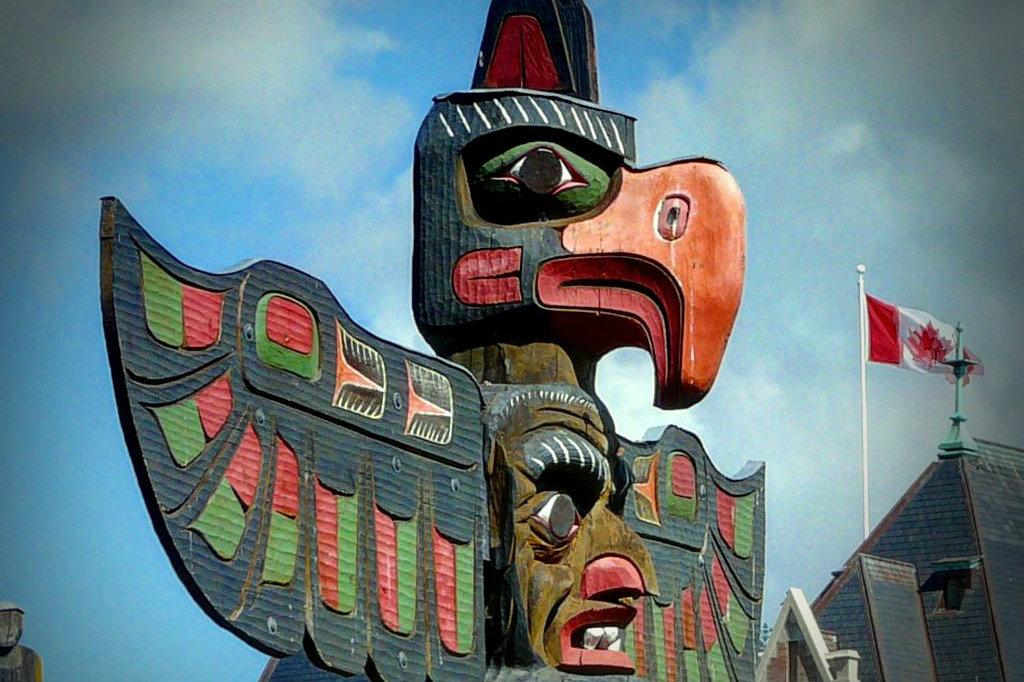Perhaps the most elusive and legendary among America’s mythical creatures is the thunderbird, a giant eagle-like bird with incredible strength. This creature has been reported throughout the Midwest and a particular case in Illinois included a dangerously close encounter.
The legend of the Thunderbird is present throughout the American Midwest and has many incarnations among the Native American tribes that once lived and continue to live throughout this land.
The Sioux Nation, particularly, the Brule Sioux tribe of southwest South Dakota on the Rosebud Reservation, has a thunder bird legend known as “Wakinyan Tanka,” or the “Great Thunderbird,” according to the Committee for Skeptical Inquiry (CSI).
To this tribe, the Thunderbird isn’t a mythical giant bird, but a group of non-physical beings that lived in the Black Hills. Clothed in clouds, the Thunderbird men are formless and their colors correspond to the four cardinal points; the Thunderbird of the west is black, the one of the east is yellow, red for the north, and white for the south. They are giants with four-jointed wings. In place of feet are enormous claws with a huge beak in place of a face with sharp, pointed teeth.
Was the Mythical Thunderbird a Real Creature?
Perhaps the most elusive and legendary among America’s mythical creatures is the thunderbird, a giant eagle-like bird with incredible strength. This creature has been reported throughout the Midwest and a particular case in Illinois included a dangerously close encounter.

A totem pole in Thunderbird Park, Victoria, British Columbia, Canada. Emmanuel Brunner/Wikimedia Commons
|Updated:



